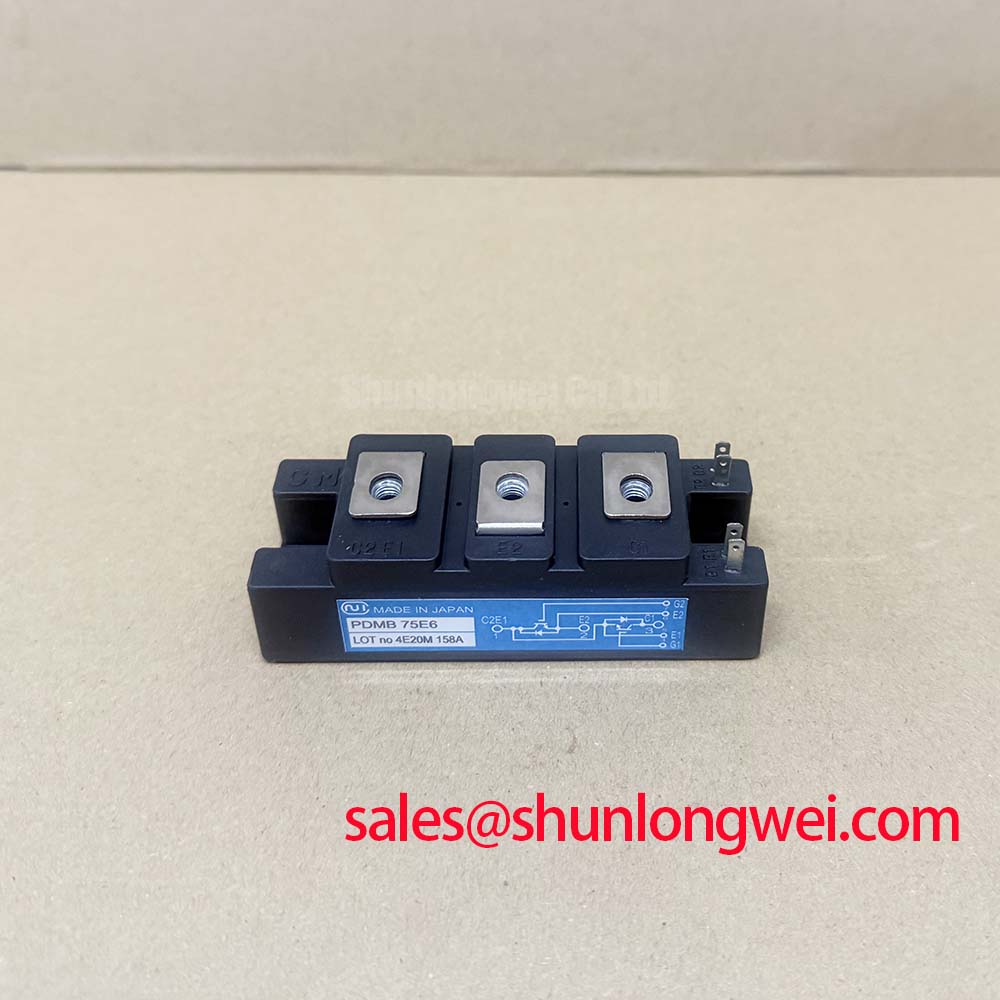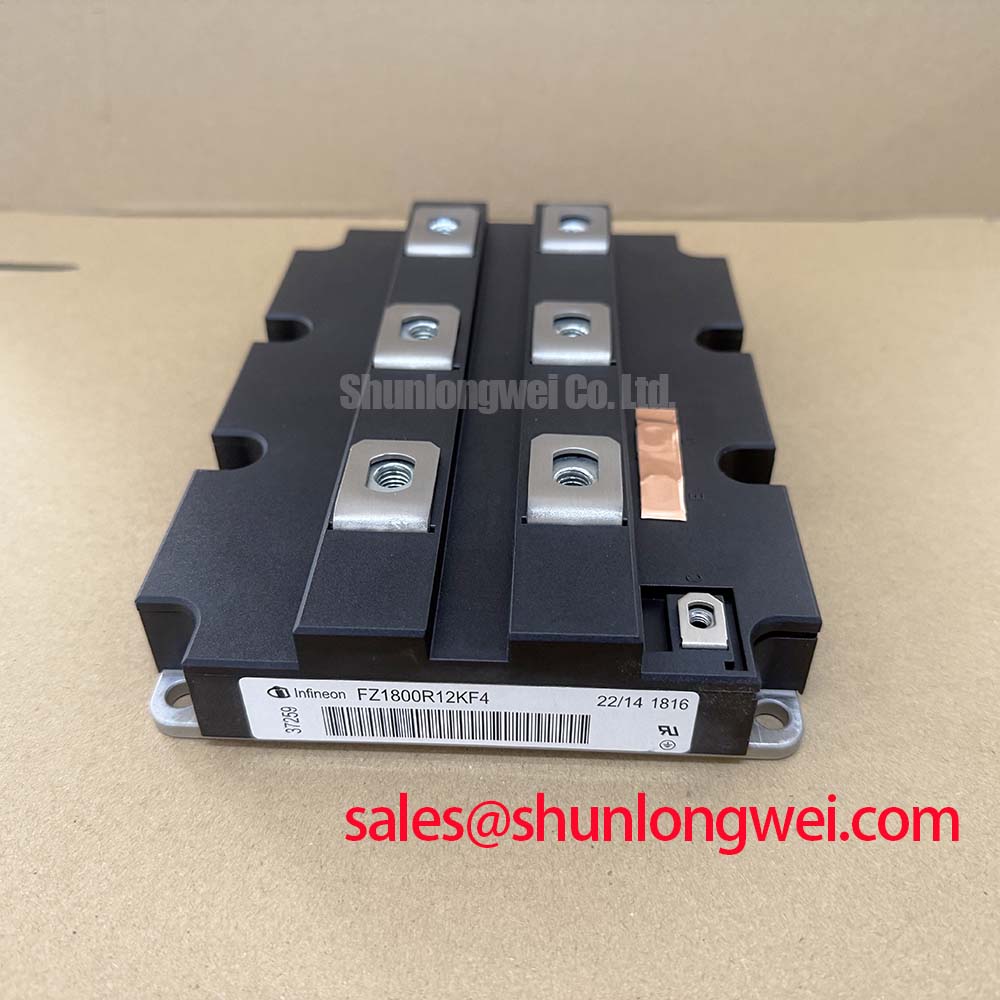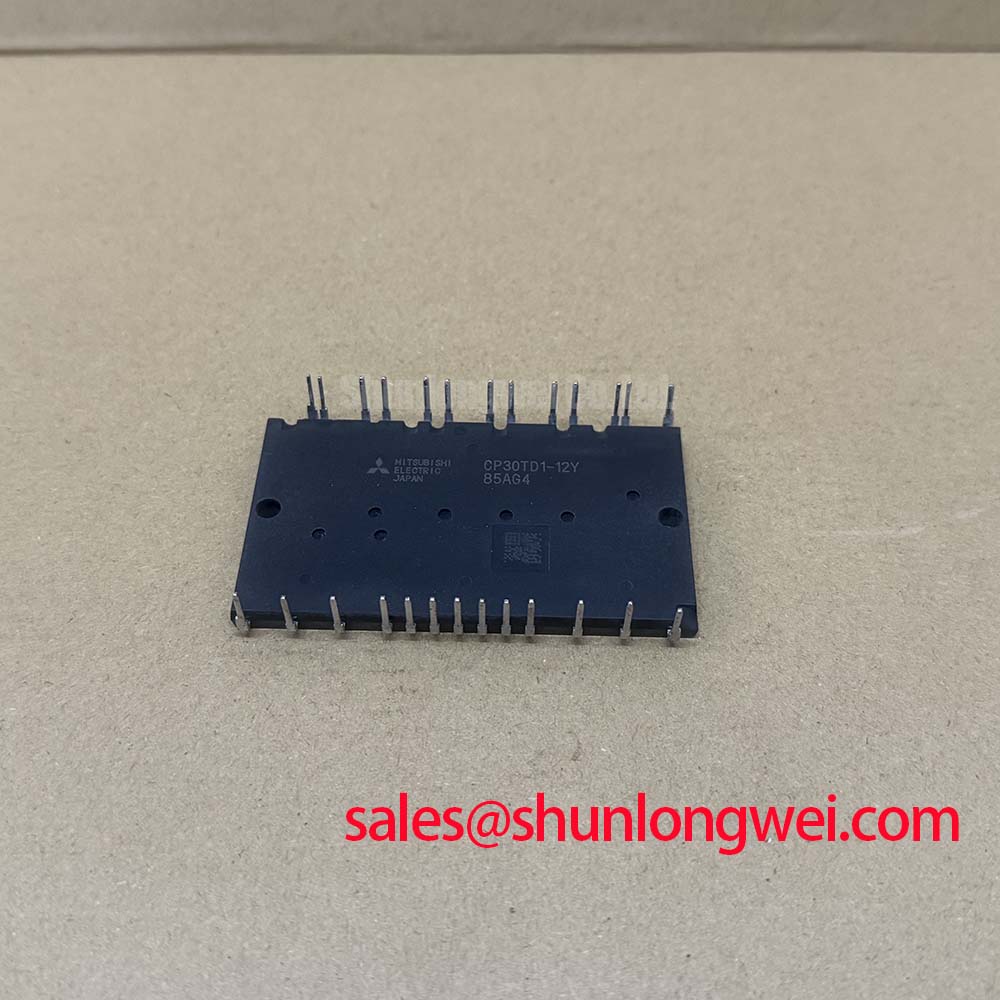SKND 150F12: 1200V Rectifier Diode Module Datasheet & Specs
Technical Overview of the SKND 150F12 Rectifier Diode Module
The Semikron SKND 150F12 is a rectifier diode module engineered for exceptional long-term reliability in demanding industrial power conversion applications. At the core of its design is pressure contact technology, a construction method that purposefully omits solder joints from the semiconductor die. This approach directly mitigates a primary failure mechanism in conventional power modules—solder fatigue—which is often induced by thermal cycling. By creating a robust mechanical and electrical connection through pressure, the SKND 150F12 provides a foundation for operational longevity and consistent performance, particularly in systems that experience frequent temperature fluctuations or require extended service life with minimal maintenance intervention.
- Top Specs: 1200V | 150A (@ Tc=100°C) | Rth(j-c) 0.17 K/W
- Key Benefits: Enhanced thermal cycling capability. Simplified system assembly.
SKND 150F12 Comparative Analysis for Reliability-Centric Designs
For engineers evaluating front-end rectification solutions, the selection process often involves a trade-off analysis between various component technologies and their impact on total cost of ownership. The SKND 150F12 distinguishes itself in scenarios where operational uptime and long-term reliability are the primary design drivers. The table below provides a factual comparison to assist in this evaluation process, focusing on parameters crucial for robust power system design.
This data is provided to empower your design decisions. For applications where even higher current density is needed in a similar package, the SKKD162/16 offers an increased current rating while maintaining robust thermal characteristics.
| Parameter | SKND 150F12 | Typical Solder-Based Module | Engineering Implication |
|---|---|---|---|
| Chip-to-Substrate Connection | Pressure Contact | Solder Joint | The SKND 150F12's design mitigates solder fatigue, a common failure mode, leading to superior power and thermal cycling durability. |
| Baseplate Insulation | Integrated Al2O3 DCB | Requires External Insulator | Simplifies assembly by enabling direct mounting to the heatsink, which reduces thermal interface layers and potential points of failure. |
| Thermal Resistance (Rth(j-c)) | 0.17 K/W per Diode | Varies (Often higher) | Lower thermal resistance translates to a lower junction temperature for a given power loss, enhancing component lifespan and system reliability. |
Deployment Insight: The Role of Pressure Contact in Uptime-Critical Systems
A leading manufacturer of industrial battery charging systems for logistics and material handling equipment faced recurrent field failures in their high-power rectifier stages. The root cause was identified as solder joint fatigue in conventional power modules, exacerbated by the constant start-stop cycles and fluctuating loads inherent to forklift charging. By redesigning their front-end rectifier with the SKND 150F12, the manufacturer leveraged its pressure contact technology. This strategic change eliminated the solder fatigue failure mode, resulting in a measurable increase in product lifespan and a significant reduction in warranty claims, reinforcing the charger's reputation for industrial-grade durability.
Application Arenas Demanding Unwavering Rectification
The robust construction and thermal efficiency of the SKND 150F12 make it a suitable component for a range of high-power industrial systems where reliable AC-to-DC conversion is fundamental. Its architecture is particularly advantageous in environments characterized by cyclical loads and long operational hours.
Engineered for Industrial Power Supplies
In the front-end stages of industrial power supplies and DC bus systems, the module provides a dependable uncontrolled rectification solution. Its electrically insulated baseplate simplifies mechanical integration onto heatsinks, reducing assembly time and complexity. What is the key benefit of the SKND 150F12's design? Its pressure contact technology eliminates solder fatigue for superior long-term reliability.
High-Current Battery Charging Systems
The module's high forward current rating (150A per diode at a case temperature of 100°C) provides substantial headroom for demanding battery charging applications, including those for electric vehicles (EVs), forklifts, and uninterruptible power supplies (UPS). Its efficient thermal dissipation ensures stable operation even during sustained high-current charging phases. With a robust 150A rating and low 0.17 K/W thermal resistance, this module is an optimal front-end for high-current battery chargers.
A Deeper Look at Pressure Contact and Thermal Efficiency
The SKND 150F12's performance is fundamentally linked to its internal construction. The elimination of solder beneath the semiconductor die is a deliberate design choice aimed at enhancing thermomechanical ruggedness. Instead of a rigid solder layer, the module utilizes a precisely engineered pressure system to maintain contact between the die and the Direct Copper Bonded (DCB) substrate. This allows the components to expand and contract at their natural rates during temperature changes without inducing stress that would otherwise degrade a solder joint over time.
This mechanical integrity is complemented by an efficient thermal pathway. The use of an Aluminum Oxide (Al2O3) ceramic substrate provides high electrical isolation while facilitating effective heat transfer away from the diode junctions. How does its insulated baseplate simplify design? It allows direct mounting to a heatsink without extra insulating materials. This efficient heat extraction is critical for maintaining lower operating temperatures, which is directly correlated with increased component lifetime and system reliability, a concept further explored in our guide on unlocking IGBT thermal performance.
Key Performance Specifications for Thermal System Modeling
Accurate system-level simulation and design depend on a clear understanding of key component parameters. The following table highlights the critical specifications of the SKND 150F12, providing the necessary data for thermal and electrical analysis.
For a complete list of parameters, electrical characteristics, and performance graphs, please download the official datasheet.
| Parameter | Value | Engineering Significance |
|---|---|---|
| Repetitive Peak Reverse Voltage (V_RRM) | 1200 V | Provides the necessary blocking capability for standard industrial 400/480 VAC line applications with a substantial safety margin. |
| Average Forward Current (I_FAV) | 150 A (per diode, T_c = 100 °C) | Defines the module's continuous current handling capability at a high case temperature, indicating robust thermal design for heavy-duty operation. |
| Thermal Resistance, Junction to Case (R_th(j-c)) | 0.17 K/W (per diode) | This value is analogous to the diameter of a heat pipe; a lower number signifies more efficient heat removal from the active silicon to the heatsink, enabling lower junction temperatures and higher reliability. |
| Surge Forward Current (I_FSM) | 3300 A (t=10 ms, T_vj = 25 °C) | Indicates the module's ability to withstand significant, non-repetitive inrush currents, a critical parameter for system survivability during startup or fault conditions. |
| Isolation Test Voltage (V_ISOL) | 3000 V (RMS, 1 min.) | Confirms the dielectric strength of the integrated insulation, ensuring safe operation and simplifying compliance with system-level safety standards. |
Strategic Advantage in High-Stakes Industrial Power Conversion
In the landscape of industrial automation and renewable energy, the emphasis on Total Cost of Ownership (TCO) has shifted engineering focus towards components that offer extended operational life and minimal field maintenance. The Semikron SKND 150F12 addresses this directly. Its pressure contact technology is not merely an incremental improvement but a fundamental design choice that targets the wear-out mechanisms of conventional modules. For system integrators and OEMs, deploying this module can translate into a tangible competitive advantage through enhanced product reliability, reduced warranty costs, and a stronger brand reputation for building durable, long-lasting equipment. This aligns with the broader industry trend of designing for longevity, as detailed in discussions around IGBTs as the backbone of high-efficiency systems.
Technical Inquiries on the SKND 150F12
Q1: What is the primary advantage of the SKND 150F12's pressure contact technology compared to standard soldered modules?
The primary advantage is significantly enhanced reliability and operational lifetime. Pressure contact technology eliminates solder joints under the semiconductor chip, which are a common point of failure due to thermal and power cycling fatigue. This makes the SKND 150F12 exceptionally robust for applications with frequent load changes or wide temperature swings.
Q2: Can the SKND 150F12 be used for a three-phase bridge rectifier?
The SKND 150F12 is a half-bridge module containing two diodes with a common cathode. To create a full three-phase uncontrolled bridge rectifier (B6U configuration), you would need three of these modules. Alternatively, for a more integrated solution, one might consider a dedicated three-phase rectifier module.
Q3: What are the key considerations for mounting the SKND 150F12 to a heatsink?
Due to its electrically insulated Al2O3 baseplate, no external insulating foil is required. The key considerations are ensuring the heatsink surface is flat and clean, applying a thin, uniform layer of thermal grease, and tightening the mounting screws to the torque specified in the datasheet (4.5 Nm ± 10%). This ensures optimal thermal transfer and mechanical stability.
Q4: How does the module's thermal resistance impact system design?
The low junction-to-case thermal resistance (Rth(j-c)) of 0.17 K/W per diode allows for more efficient heat extraction. For a system designer, this means that for a given amount of power dissipated as heat, the internal semiconductor junction will operate at a lower temperature. This provides greater thermal margin, improves long-term reliability, and may allow for the use of a smaller, more cost-effective heatsink.
Q5: Is this module suitable as a front-end rectifier for a 690V industrial drive?
With a repetitive peak reverse voltage (VRRM) of 1200V, the SKND 150F12 is not recommended for direct rectification of a 690V AC line, which can see peak voltages exceeding 975V under ideal conditions and even higher with line fluctuations. A module with a voltage rating of 1600V or higher, such as the SKKD162/16, would provide the necessary safety margin for such an application.
Disclaimer: This content is provided for informational purposes only. As a distributor, we do not provide design guarantees or warranties. All technical specifications are based on the manufacturer's datasheet and are subject to change without notice. Please consult the official datasheet and contact the manufacturer for the most current and definitive information.














